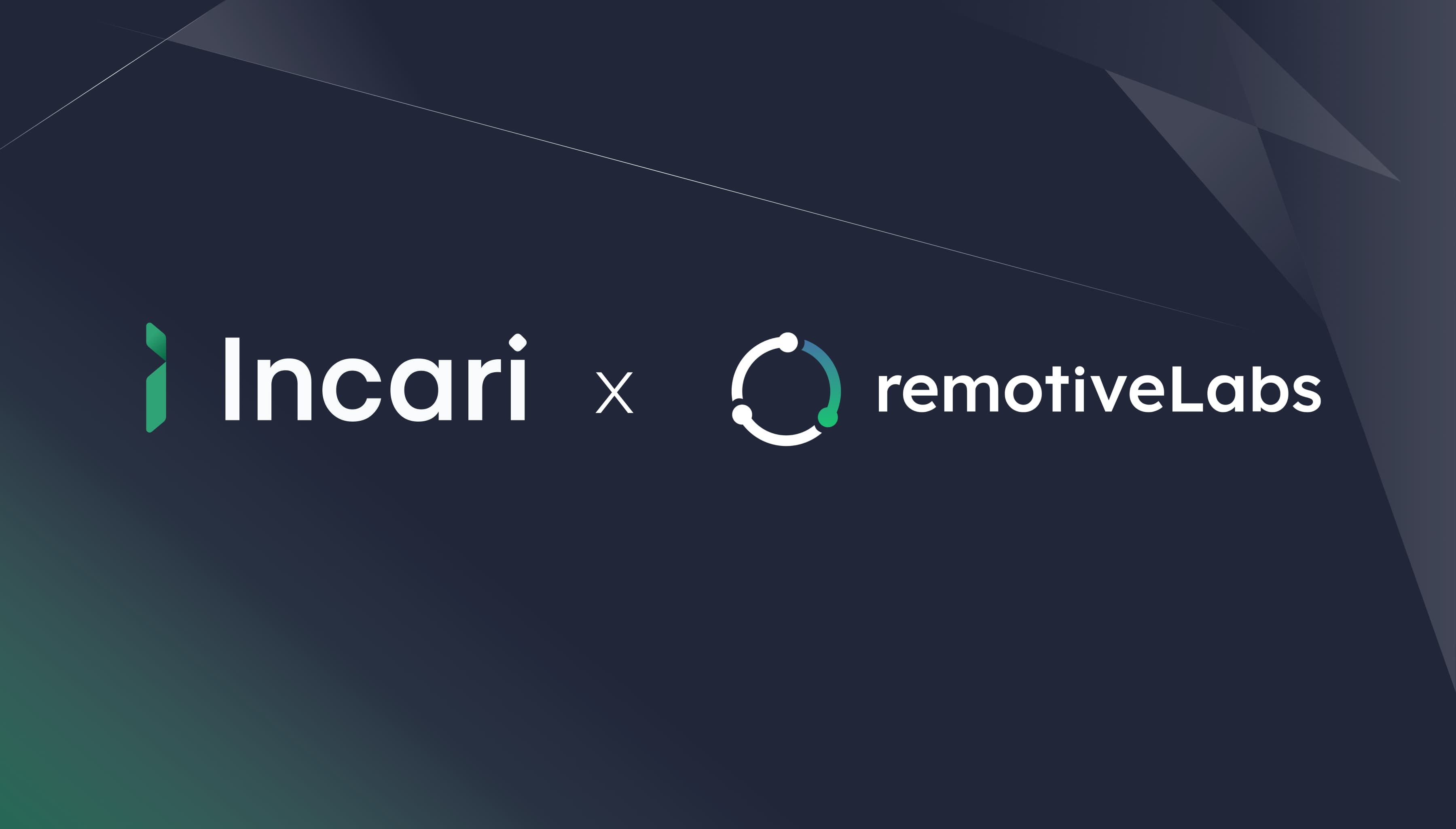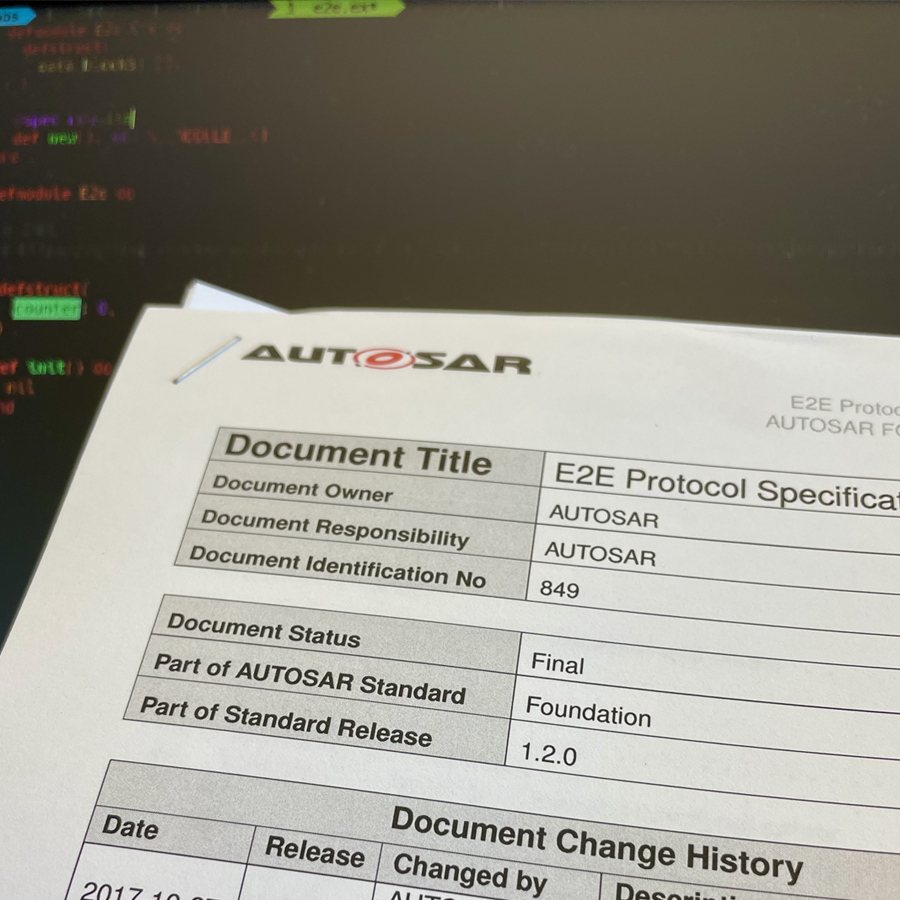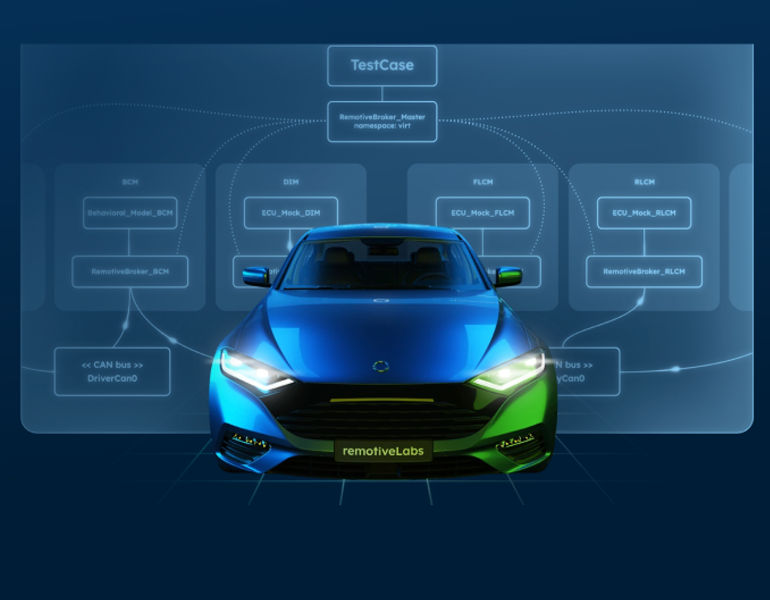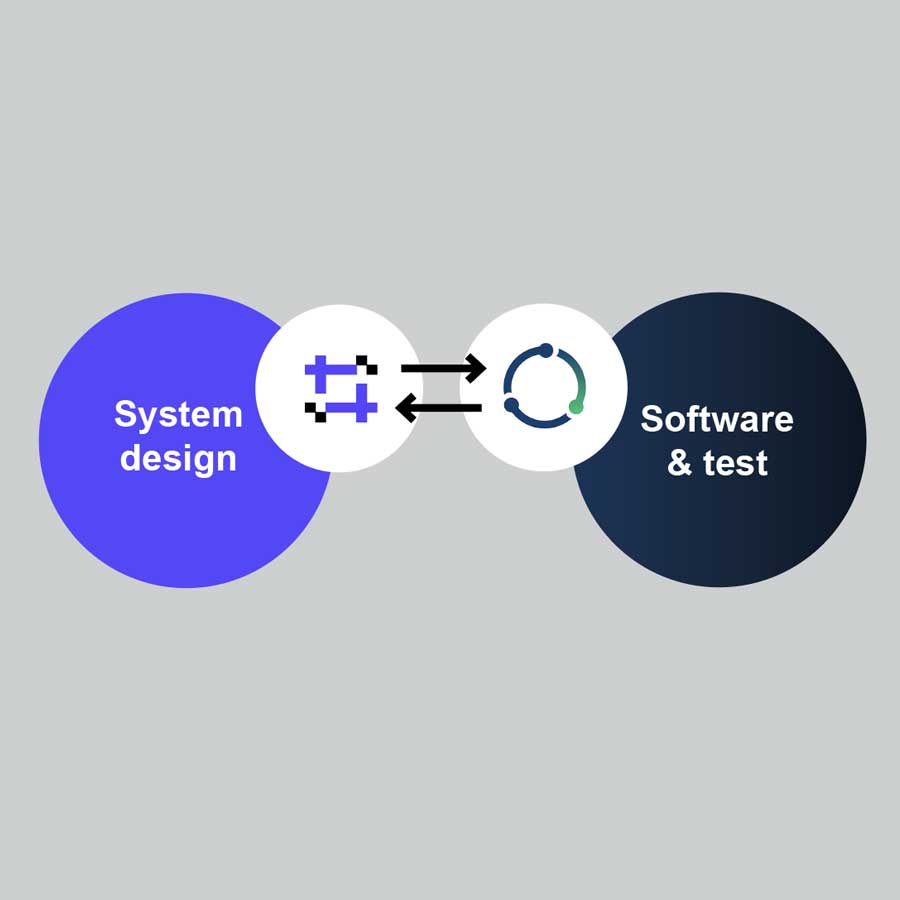Lightweigt reproducible hybrid racks with ECM and Kvaser
In this OEM use case, the move toward developer-driven HIL becomes clear: scripting, open interfaces, and modular hardware are replacing rigid, lab-bound setups. By blending SIL and HIL in one environment, the team could run everything from desk-level checks to rack-based ECU tests without the overhead of traditional HIL rigs.

Lightweigt reproducible hybrid racks with ECM and Kvaser
In this OEM use case, the move toward developer-driven HIL becomes clear: scripting, open interfaces, and modular hardware are replacing rigid, lab-bound setups. By blending SIL and HIL in one environment, the team could run everything from desk-level checks to rack-based ECU tests without the overhead of traditional HIL rigs.
How one OEM accelerated SIL/HIL testing
Many teams today want the benefits of hardware-in-the-loop testing but without the cost, lead times, and overhead associated with traditional HIL rigs. For one OEM, the challenge was clear: how do we validate ECUs early, cheaply, and flexibly - without building a full lab?
With a combination of RemotiveLabs’ cloud-native simulation platform, Kvaser’s reliable PCIe and USB hardware, and ECM’s custom-built test racks, the team created an accessible hybrid setup that supports both SIL and HIL workflows. The result is a controlled, developer-friendly environment that teams can run directly from their desks.
The challenge: validation without the full HIL burden
Modern HIL setups need to observe and stimulate multiple vehicle networks: CAN, LIN, FlexRay, UART, J1708/1587, Ethernet, each adding layers of configuration. Commercial HIL systems are powerful, but they come with two major drawbacks:
- High entry costs, with proprietary hardware and licenses
- Limited flexibility, as shared rigs slow iteration and lock teams into fixed architectures
As one engineer put it: “It’s too complicated and too expensive for what we need.” For smaller teams, or for development phases that don’t require a full physical rig, the barriers are simply too high.
The solution: lightweight, reproducible hybrid racks
To support day-to-day ECU development and feature testing, the OEM built 30 automated test racks, each equipped with 3–4 Kvaser cards and a Linux-based control computer. The racks integrate virtual nodes from RemotiveTopology with physical hardware through Kvaser’s interfaces, creating a hybrid SIL/HIL environment that can be spun up quickly and reused across projects. What they used:
Kvaser: Components that gave the customer accurate, cost-efficient hardware that can be repurposed across teams.
- PCIe 8-channel boards
- Hybrid CAN/LIN USB interfaces
- CANlib and SocketCAN support
- LIN responder simulation
- (Upcoming) Kvaser Arcus media converter
RemotiveLabs: RemotiveTopology ensures the same development approach could be used across virtual and physical tests - reducing silos and removing the boundary between SIL and HIL.
- Provide integrated environment to run virtual ECUs with various levels of fidelity
- Support for mixing SIL and HIL in the same environment
- Standard Linux tools and CI/CD integration
- CLI-first workflows for fast iteration
- API enabling Python-based automation on Linux
EMC AB: Supplied the test racks and integration help to the OEM including Kvaser & RemotiveLabs tooling according to the specification.
- Designed and delivered the physical racks
- Built Linux-based industrial computers that connected all Kvaser hardware
- Ensured the full setup matched the OEM’s spec and test needs - a hybrid, modular rig that can grow with the team’s needs.
Together, these technologies allow teams to test ECUs and vehicle functions in hybrid environments, mixing virtual and physical components seamlessly.

Key benefits
- Fast startup Linux-based tooling and open drivers meant engineers could get running without proprietary roadblocks.
- Reusable hardware PCIe boards and interfaces can be moved between racks or projects as needed - reducing long-term risk.
- Desk-level validation Most tests no longer require a full HIL rig; engineers can validate functionality from a laptop or desktop.
- Scalable by design Start small with a focused setup and scale toward broader HIL scenarios as the project grows.
- Consistent workflows SIL and HIL follow the same development and testing logic, lowering cognitive load and avoiding duplicated work.
Check out the latest from us
Join the automotive rebels that #getstuffdone with RemotiveLabs!








